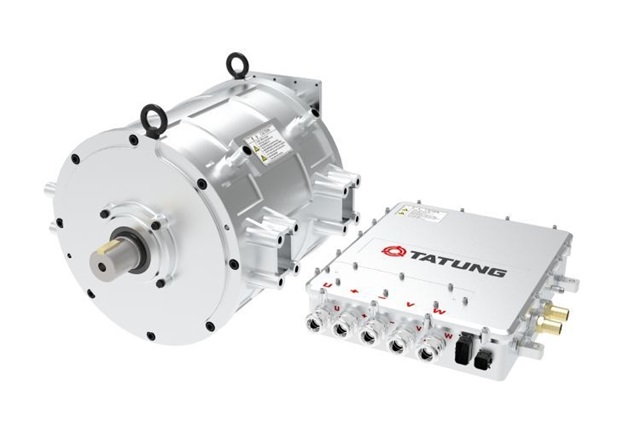Lucid Group’s (NASDAQ: LCID) 1-for-10 reverse stock split, effective August 29, 2025, marks a pivotal moment for the electric vehicle (EV) startup. The move, approved by shareholders and the board, aims to elevate the stock price from its “penny stock” status (trading below $5) to approximately $20 per share. While the company frames this as a strategic step to attract institutional investors and align with its growth trajectory, the broader market remains skeptical. This article evaluates whether the reverse split signals a calculated restructuring or a deeper liquidity crisis, and whether it can rekindle investor confidence in a sector rife with volatility.
Strategic Rationale: A Move to Attract Institutional Capital
Lucid’s CFO, Taoufiq Boussaid, emphasized that the reverse stock split is a “deliberate and targeted measure” to enhance equity accessibility for long-only institutional investors. By raising the share price, the company hopes to eliminate the stigma of trading in penny stocks and improve liquidity. This aligns with Lucid’s broader goals of scaling production and securing capital for its 2026 debt maturities. The reduction of outstanding shares from 3.07 billion to 307.3 million also simplifies capital structure management, potentially streamlining future fundraising efforts.
However, the timing of the split raises questions. With $3.6 billion in cash as of June 2025 and a projected $4.86 billion in liquidity by Q2 2026, Lucid faces mounting pressure to meet production targets and reduce cash burn. The company’s Q2 2025 gross loss margin of 105%—driven by production bottlenecks and high fixed costs—underscores the urgency. The reverse split, while not addressing these fundamentals, may serve as a temporary shield against delisting risks, particularly as the stock had already fallen 30% in 2025 amid concerns over EV tax credit phaseouts.
Market Reaction: Mixed Signals and Historical Precedents
The market’s response to the reverse stock split was tepid. Shares initially rose 2.49% post-announcement but reversed in pre-market trading, closing down 2.8%. This volatility reflects investor uncertainty. Over the past year, Lucid’s total shareholder return has plummeted 51.67%, significantly underperforming both the S&P 500 and the U.S. Auto industry. Institutional ownership has also declined by 12% year-to-date, signaling eroding confidence.
Historical precedents in the EV sector further complicate the narrative. Companies like Nikola and Lordstown Motors executed reverse splits before filing for bankruptcy, with the latter’s 1-for-15 split in 2023 failing to resolve cash flow issues. These cases highlight a pattern: reverse splits are often perceived as desperate measures to stave off delisting rather than genuine strategic pivots. For Lucid, the move risks being interpreted similarly, especially given its recent production guidance cut (from 20,000 to 18,000–20,000 units in 2025) and underutilized 90,000-unit capacity.
The Bigger Picture: Restructuring vs. Liquidity Crisis
Lucid’s reverse stock split must be contextualized within the broader EV sector’s challenges. While Tesla and Rivian have navigated production and profitability hurdles, startups like Lucid face existential questions. The company’s reliance on Saudi Arabia’s Public Investment Fund (PIF) for capital raises concerns about long-term sustainability. Additionally, its partnerships with Uber and Nuro for robotaxi development and Tesla’s Supercharger network are promising but remain unproven revenue streams.
The split’s success hinges on Lucid’s ability to demonstrate tangible progress in three areas:
1. Production Scalability: Increasing output to utilize capacity and reduce per-unit costs.
2. Cost Reduction: Addressing the 105% gross loss margin and high cash burn.
3. Strategic Execution: Monetizing partnerships with Uber, Nuro, and Aston Martin.
Without these, the reverse split risks being a cosmetic fix. Analysts have maintained a “Hold” rating for Lucid, with a target price of $2.68, reflecting cautious optimism. However, the absence of a clear path to profitability remains a red flag.
Investor Implications: Caution and Due Diligence
For investors, the reverse stock split is a double-edged sword. On one hand, it may attract new capital and stabilize the stock price. On the other, it does not resolve Lucid’s operational and financial challenges. Key metrics to monitor include:
– Production Volume: Whether Lucid meets its 2025 guidance and scales beyond 20,000 units.
– Gross Margin Trends: Progress in reducing losses and improving efficiency.
– Institutional Ownership: Shifts in major holders’ positions, which could signal confidence or exodus.
Investors should also weigh the broader EV sector’s outlook, including regulatory changes and competition. Lucid’s partnerships with Uber and Nuro could provide catalysts, but their success depends on execution.
Conclusion: A High-Stakes Gamble
Lucid’s reverse stock split is a strategic repositioning aimed at attracting institutional capital and stabilizing its stock price. However, the move alone is unlikely to resolve the company’s deeper liquidity and operational challenges. While it may improve short-term liquidity, long-term success depends on Lucid’s ability to scale production, reduce costs, and deliver on its strategic partnerships. For now, the reverse split appears to be a calculated but precarious step—a restructuring play in a sector where desperation and innovation often blur. Investors must remain vigilant, balancing optimism with a critical eye on Lucid’s fundamentals.


